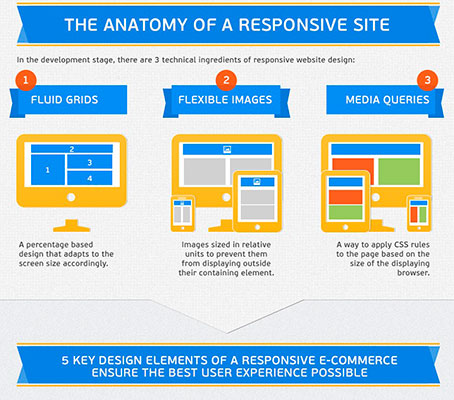Fascinated In Learning Exactly How Web Site Style Has Altered For Many Years? Check Out The Journey
Fascinated In Learning Exactly How Web Site Style Has Altered For Many Years? Check Out The Journey
Blog Article
Web Content By-Booker Stender
In the past, internet sites were straightforward and focused on details. Navigation was straight, and design was for desktops. Now, customer experience is key. Information overviews layouts for very easy navigating. Responsive designs match different gadgets. Today, dark mode minimizes strain, and minimal food selections boost navigating. Interactive functions engage individuals, and strong visuals stick out. AI combination enhances involvement. See how layout has developed to boost your on the internet journey.
Early Days of Website Design
In the very early days of web design, simplicity reigned supreme. Internet sites were standard, with minimal shades, typefaces, and formats. https://www.htmlgoodies.com/seo/seo-tools-for-on-page-seo/ was on giving info rather than showy visuals. Customers accessed the web via sluggish dial-up links, so rate and functionality were key.
Navigating food selections were straightforward, generally located on top or side of the web page. Websites were made for desktop, as mobile browsing had not been yet common. Web content was king, and developers focused on easy readability over intricate design aspects.
HTML was the key coding language utilized, and designers needed to work within its restrictions. Animations and interactive functions were minimal compared to today's requirements. Internet sites were static, with little dynamic web content or individualized individual experiences.
Increase of User-Focused Style
With the advancement of internet site design, a change towards user-focused style principles has become significantly popular. Today, creating sites that prioritize individual experience is important for involving visitors and accomplishing service goals. User-focused design entails comprehending the needs, preferences, and behaviors of your target audience to tailor the web site's layout, content, and includes appropriately.
Developers currently perform thorough research study, such as individual surveys and functionality screening, to collect insights and comments directly from customers. This data-driven strategy assists in developing user-friendly navigating, clear calls-to-action, and visually enticing user interfaces that resonate with site visitors. By putting the customer at the facility of the design procedure, web sites can deliver a much more tailored and delightful experience.
Responsive style has additionally become a key aspect of user-focused design, ensuring that internet sites are maximized for various tools and screen sizes. This versatility boosts access and use, accommodating the varied means users interact with sites today. Basically, the increase of user-focused design indicates a change towards developing electronic experiences that focus on the requirements and expectations of the end user.
Modern Trends in Web Design
Check out the most up to date fads shaping web design today. One prominent pattern is dark mode style, supplying a streamlined and contemporary look while lowering eye strain in low-light atmospheres. Another vital trend is minimal navigating, simplifying food selections and enhancing customer experience by focusing on essential elements. Including micro-interactions, such as animated buttons or scrolling effects, can produce a more appealing and interactive website. Receptive design remains critical, making certain smooth user experiences throughout numerous gadgets. Furthermore, utilizing strong typography and unbalanced formats can add visual interest and draw attention to details content.
Integrating AI technology, like chatbots for customer support or customized suggestions, improves user involvement and enhances processes. Availability has likewise become a considerable pattern, with designers prioritizing inclusive design methods to accommodate diverse user needs. Embracing sustainability by maximizing site efficiency for speed and efficiency is an additional emerging fad in website design. Working together with customer responses and information analytics to iterate and boost layout continually is vital for staying relevant in the ever-evolving electronic landscape. By accepting these modern trends, you can develop a visually attractive, user-friendly website that resonates with your target market.
Verdict
As you reflect on the evolution of internet site style from the very early days to now, you can see how user-focused layout has ended up being the driving pressure behind modern patterns.
Accept the journey of modification and adjustment in website design, always keeping the individual experience at the leading edge.
Tippingpointdigital
Remain present with the most recent trends and modern technologies, and never stop evolving your technique to develop aesthetically stunning and user-friendly web sites.
Evolve, adapt, and create - the future of website design remains in your hands.
